 |
It took them a while but Canon and Nikon finally entered the full-frame mirrorless market this summer with the launch of two brand-new lens mounts. Canon’s RF mount is the company’s first 35mm format lens mount since 1987, and Nikon’s new Z mount replaces the almost 60 year-old F-mount, as the company’s main standard going forward.
Including Leica’s SL line (but not its legacy M mount), this makes four full-frame mirrorless systems currently on the market. Of the legacy DSLR makers, Ricoh is now the only company not to offer a mirrorless solution, while Fujifilm, Olympus and Panasonic continue to bypass full-frame, developing their larger (Fujifilm GFX) and smaller-format (APS-C and Four Thirds) mirrorless platforms in favor of developing new mount standards.
Kenji Tanaka of Sony nailed it when he predicted that both Canon and Nikon would enter the full-frame mirrorless market within a year
Back in spring, fresh from the CP+ tradeshow in Japan, I went back through the interviews that we conducted in Yokohama, looking for additional insights and common threads that might indicate where the industry as a whole was heading. One consistent message from almost all of the executives that we spoke to was that more full-frame mirrorless systems were coming, and soon. Kenji Tanaka of Sony nailed it when he predicted that both Canon and Nikon would enter the full-frame mirrorless market within a year. In fact, it would be less than six months from that conversation that the RF and Z mounts were announced.
Read our roundup of executive interviews from CP+ 2018
It’s been obvious for some time that beyond a certain point, mirrors and prisms would become barriers to technical innovation in digital cameras. The question was not if but when that point would be reached. Mr Tanaka again: “If cameras are going to develop, […] manufacturers are going to have to develop mirrorless technologies”. And this makes sense, as sensor technologies are developing far faster than the outdated technologies behind secondary AF and metering sensors or mechanical shutters.
Over the past few years we’ve seen the messaging around mirrorless change from claims of a size and weight advantage compared to DSLRs (which was always a bit of a stretch, once wide-aperture lenses are introduced into the equation) to a more technical argument, based around the inherent benefits of getting rid of that pesky mirror – and that even peskier prism. The four big ones are, in no particular order: more useful viewfinders, faster maximum frame-rates, potential for more advanced (and more accurate) autofocus with intelligent subject recognition, and seamless video integration. Some of those advantages are of course interrelated.
 |
| As Canon and Nikon enter the marketplace, Sony’s APS-C and full-frame mirrorless lineups are already very established. |
Both Canon and Nikon had been laying the required groundwork for a serious mirrorless system for years, but it was left to the likes of Sony, Olympus and Panasonic (and – lest we forget – Samsung) to really push the limits of what mirrorless cameras could do in actual, shipping, cameras. The headline performance features in cameras like the Sony a6000-series, a7R/a9, Olympus E-M1 II and Samsung NX-1 for example would simply not be possible if they were constrained by traditional DSLR design.
Remember when I said a few months ago that the Nikon 1 System wasn’t dead? Well, it’s definitely dead now
To be fair, the same could be said of the Dual Pixel autofocus system in (say) Canon’s EOS M50, or the rapid capture rates and fast on-sensor AF of the V models in Nikon’s 1-System lineup, but neither the EF-M nor 1-System were ever aimed seriously at enthusiasts or professional photographers. Oh, and remember when I said a few months ago that the Nikon 1 System wasn’t dead, it was just sleeping? Well, it’s definitely dead now.
What’s that you say? Enough of the preamble? You’re starting to think that you already read this article several times already? Fair enough.
In that case, you’ll remember that back then I did something that no sensible technology writer should ever do, and indulged in some light prediction-making. Here’s how things turned out.
Prediction #1: The announcement of 4K-capable full-frame mirrorless cameras from one or both of Canon and Nikon before Photokina.
100% correct. Notwithstanding some debate over whether or not the EOS R is really a capable 4K camera, thanks to its ~1.8X crop and rolling shutter issues. We’re disappointed to see such limited 4K video features in the EOS R, but not completely surprised. The video capabilities of Nikon’s Z6 and Z7 on the other hand did surprise us, and represent a confident step by the company in the direction of becoming a serious manufacturer for enthusiast videographers. Nikon even surprised us by introducing incredibly capable video AF, a compliment reserved up until now for only Canon Dual Pixel AF. Not anymore.
 |
| Kenji Tanaka, Senior General Manager of Sony’s Digital Imaging Business Group, pictured in Yokohama for the 2018 CP+ show where he accurately predicted that Canon and Nikon would join Sony in the full-frame mirrorless space within a year. |
Prediction #2: Canon will make a relatively simple adapter for EF lenses to its new mount, Nikon will have a more difficult job.
In fact, Canon made three adapters, one a simple EF-RF adapter, and the other two to add a control ring and drop-in CPL/Vari ND filters, respectively. The latter two certainly don’t count as ‘simple’, but Canon’s engineers’ lives were undoubtedly made easier by the fact that EF was already a fully-electronic lensmount.
Nikon meanwhile did face a more difficult task, but actually exceeded my expectations. The FTZ adapter allows full or partial compatibility with a very large number of F-mount lenses, including older lenses with mechanical aperture actuation. Given the challenges of adapting a 60 year-old mount standard to a new mirrorless platform, this is no easy trick to pull off, even if users of many non-AF-S lenses will be disappointed to lose autofocus.
Prediction #3: Nikon might use the open Sony E-mount standard.
Well, I got that one dead wrong, didn’t I? In fact, we’re glad that Nikon didn’t go down this route (which in fact, wiser heads have since told me might not even have been an option in the first place). The Z mount is both wider and offers a shallower flange-back distance compared to E, which has advantages when it comes to adapting lenses from other mounts, as well as potentially for future native Z lens development.
 |
| The new Nikon Z mount features an internal mount diameter of 55mm and a very short flange back distance of 16mm. |
Prediction #4: Neither Canon nor Nikon will attack the pro market with their initial mirrorless cameras.
I was half-right on this one. Neither company released a truly ‘professional’ model in the same mold as the Canon EOS-1D X Mark II or D5, but the Nikon Z7 is a bit more camera than I expected, and for some photographers (not by any means all) it could replace the excellent D850. Where the Z7 falls down is when it comes to autofocus. Performance doesn’t look like it’s up there with the best 3D tracking implementations in Nikon’s DSLRs, and the UX is very different. Prosumer maybe, but ‘pro’? Not quite.
 |
| The Canon EOS R, showing off its single card slot. The Nikon Z7 (which uses XQD media) has been criticized for offering similarly limited redundancy. |
Canon meanwhile, bless their hearts, did exactly what we thought they’d do. The EOS R is not the mirrorless 5D IV that a lot of people were hoping for (despite sharing a sensor) and is, in fact, more of a 6D-class product, albeit with some unique features. It would be a mistake to think that the EOS R represents the pinnacle of Canon’s mirrorless ambitions, and we fully expect more pro-oriented cameras to follow it over the next couple of years.
I’ve written elsewhere that the camera I am reminded of most when looking at the EOS R is in fact the 30 year-old EOS 650 – a midrange SLR that nonetheless, had a huge impact on the consumer photography market. And the EOS 650 didn’t even have a single card slot! Can you imagine such a thing?
Prediction #5: A slow build-up of core native lenses will follow the new cameras, and development will ramp up towards the Tokyo 2020 Olympics.
 |
| Nikon’s Z-mount roadmap shows what the company has in the pipeline for the next couple of years through 2020 – an important year for both Canon and Nikon thanks to the Tokyo Olympics. |
Nikon launched the Z system with a small range of what look like excellent, but not exactly flagship lenses, alongside a roadmap that fills out the lineup into – you guessed it – 2020. Nikon’s roadmap contains some much more serious-looking glass, albeit nothing longer than 200mm, for now.
Canon meanwhile has not released a lens roadmap (in fact I don’t think Canon has ever published such a thing) but launched the EOS R alongside a brace of very impressive wide-aperture lenses, including an L-series 28-70mm F2 and 50mm F1.2. Lenses which, going by their size and price alone, are probably not destined to be purchased by many EOS R shooters.
As predictions go, I’d call that a respectable showing, but there’s a lot we don’t know. I’d love to find out, for example, what Canon’s plans are for expanding its RF lens lineup over the next few months, but since Canon doesn’t ‘do’ lens roadmaps we can only guess (and hope). I think we’re all eager, too, to see truly ‘professional’ mirrorless cameras from both Canon and Nikon to compete with the likes of Sony’s sports and action-focused a9.
I’m also curious about the future (assuming there is one) for APS-C mirrorless models from both companies. Canon already has an APS-C mirrorless system, but its decision to develop the RF mount in parallel to its older EF-M standard and without the option for cross-adaptation is interesting, and forecloses the option of a smooth-ish upgrade for existing EF-M customers.
 |
| This illustration, from Canon’s white paper on the new RF mount, shows how similar the mount dimensions of the new mount are to the existing EF standard. The big difference is the much shorter flange-back. Canon’s EF-M mount has a shorter flange-back distance and much narrower throat diameter, which means that EF-M lenses are not adaptable to RF. On the plus side, the larger throat and small flange-back distance of the RF mount allows for large rear lens elements, which can both help keep lenses smaller while reducing many optical aberrations. |
Of course, Canon’s EF-S lenses can’t be mounted to full-frame EF DSLRs, either, but APS-C photographers have always been told that if they were really smart they could save up for EF lenses then upgrade seamlessly to a full-frame camera later. Canon’s obvious lack of interest in developing new EF-S lenses over the past decade served as a strong hint, in fact, that the company really wanted its APS-C DSLR customers to do exactly that. Canon’s mirrorless customers won’t have the option. Will there ever be an APS-C RF or Z-mount camera? I’m not sure, but there’s no obvious reason why either company couldn’t create a line of APS-C format RF/Z mirrorless cameras in the future.
So what’s next? Another prediction that I made back in spring – and a pretty safe one – is that new mirrorless cameras will be followed by new third-party lenses, for both the new mounts and for Sony’s existing full-frame E-mount.
 |
| Tamron’s upcoming 28-75mm F2.8 was the first third-party zoom lens designed natively for full-frame mirrorless cameras. It will not be the last. |
With Photokina just around the corner, we’re fully expecting new native E-mount Tamron and Sigma lenses, but it might be a while before either company catches up with the new Canon RF and Nikon Z mounts. Why? Because unlike Sony (but true to form) neither mount is ‘open’. E-mount isn’t open-source (you can’t just download the complete specification from Github, for example), but Sony does provide information to certain third-parties like Sigma and Tamron for those manufacturers to use when developing native E-mount lenses.
In order for those third-party lens manufacturers to offer RF or Z-mount lenses, they’ll have to reverse-engineer the standard. Anyone who remembers the bad old days of the 90s and early 2000s, where third-party lenses for (especially) Canon would routinely stop working when new camera bodies were released, might not be looking forward to this prospect…
But that’s just speculation, not prediction. And its all in the future – for now, let us know what you think of the new Canon RF and Nikon Z mounts in the comments.
Read our complete Canon EOS R launch coverage
Read our complete Nikon Z6/7 launch coverage
Articles: Digital Photography Review (dpreview.com)










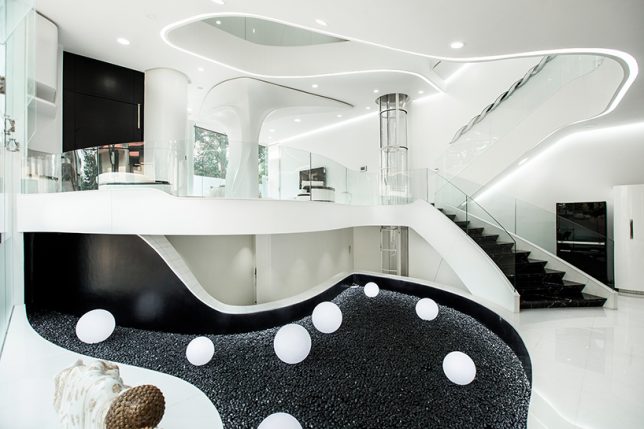

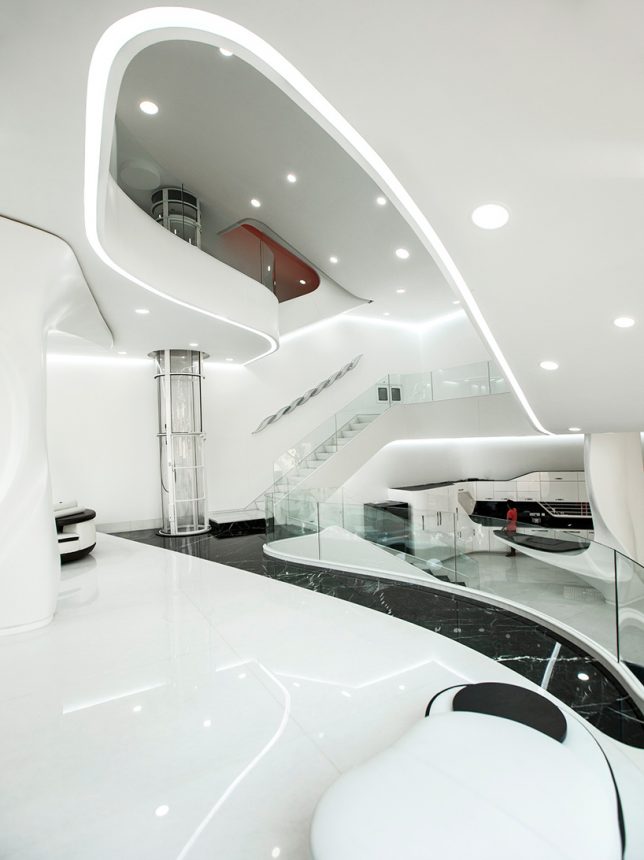
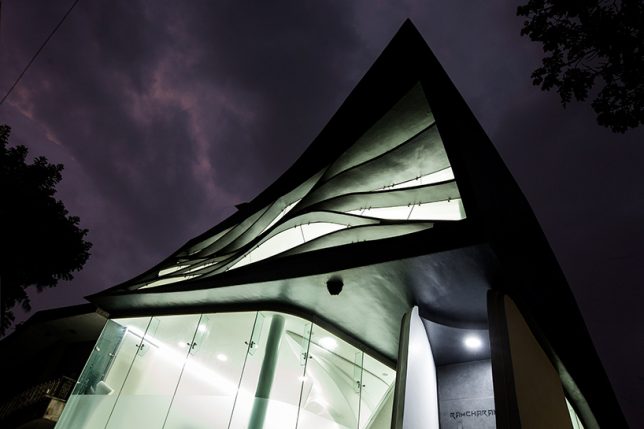

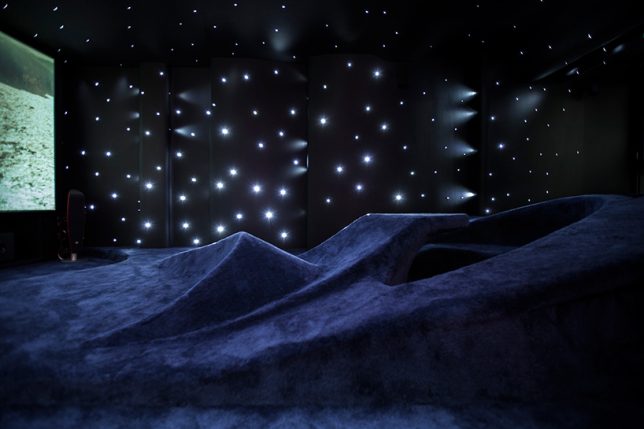
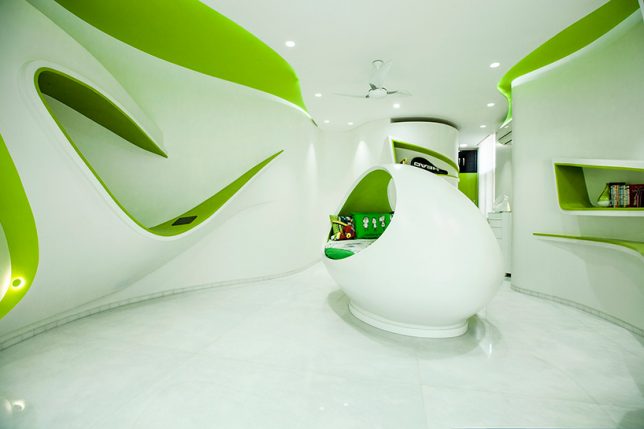
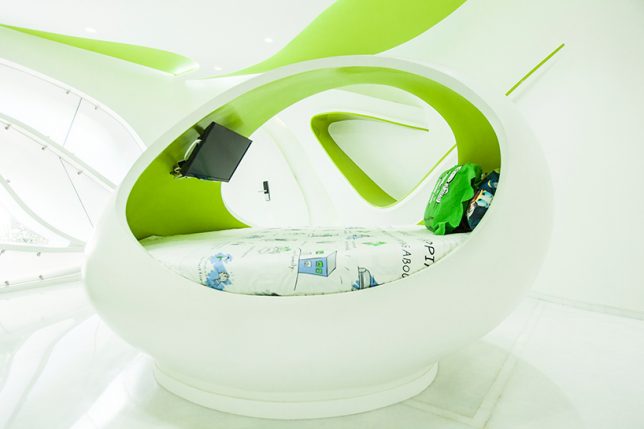
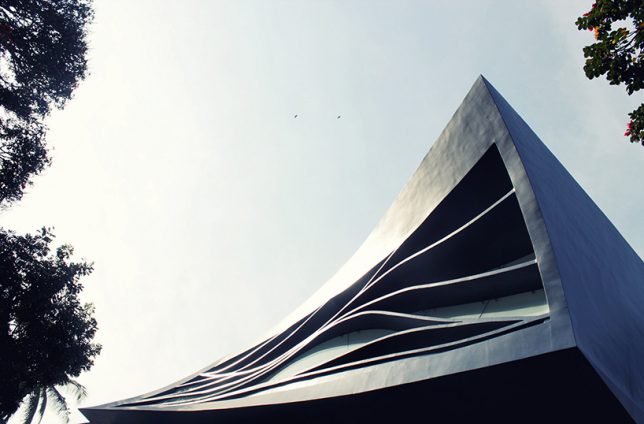
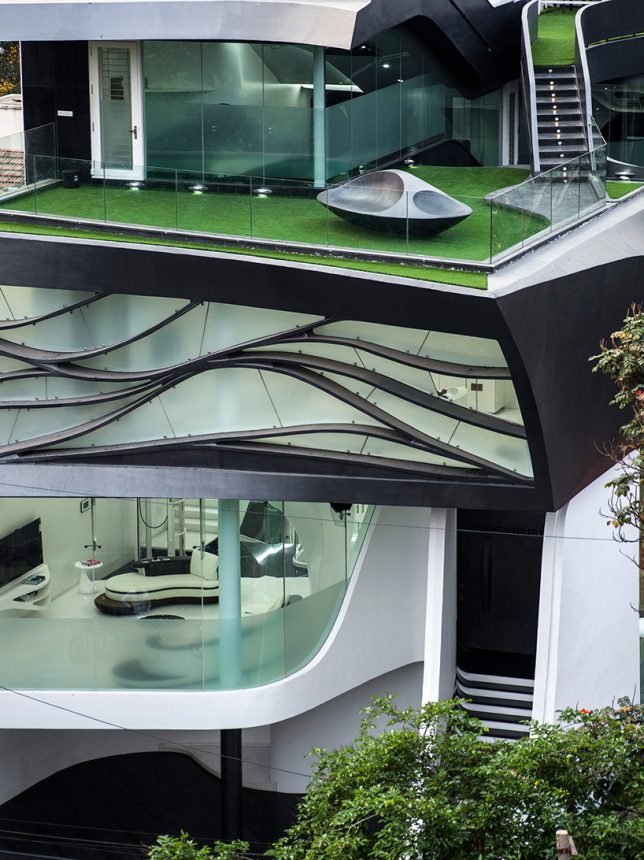
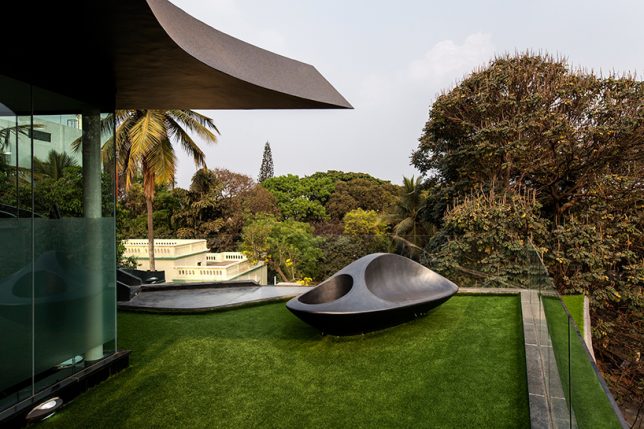








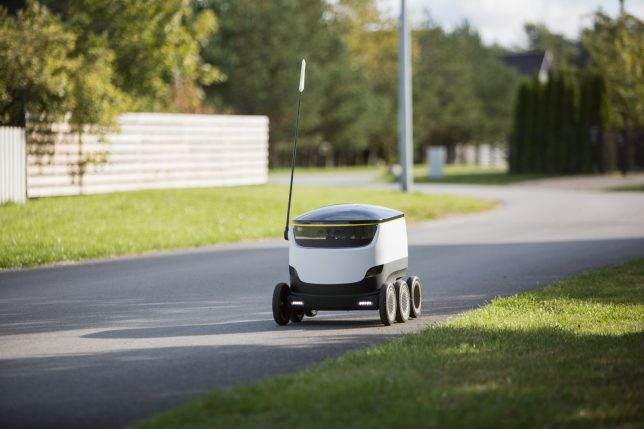
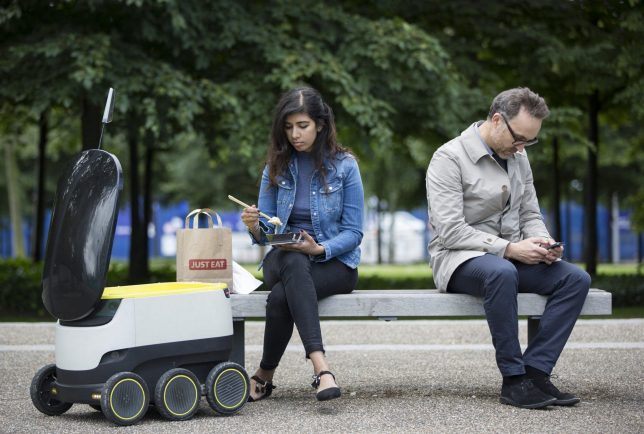
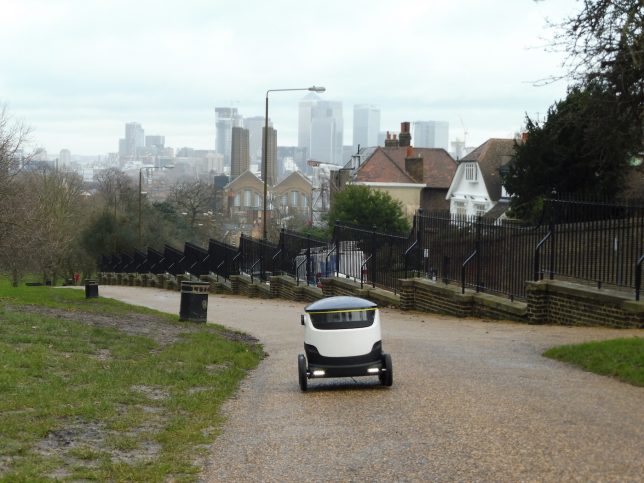








You must be logged in to post a comment.